There is no easier way to dress a window and spiff up a room than hanging window curtains. That’s right—curtains aren’t merely about keeping out drafts and sunlight and ensuring privacy. They are also about carrying your décor to the next level and giving your room that oomph that only window curtains can. That being said, there is much to consider when choosing curtains. Are you wanting total blockage of light or are you okay with some light filtering in? What fabric and textures would best serve your room? Should you go with more of solid or a colorful pattern? What length of curtains should you choose? And how should they be hung around the window frame? There are multitudes of possibilities to ponder.
With so much to decide with window curtains, you might wonder where to begin your deliberations. The best place to start is in considering function. Do you want your curtains to provide total darkness or do you wish for some light to filter in through? This vital question of function is the most important to ask and will greatly determine what type of curtains you purchase. For total darkness, curtains of a heavier fabric with a lining sewn-in will be what you want. There are also higher end curtains that include an interlining sewn between the fabric and lining, which insulates your room against heat and cold emanating from the window. If you want light infiltration, then you have a wide variety of very transparent, sheer choices to more opaque materials. Once the question of lining or no lining is answered, you can move on to contemplating your fabric choice.
As far as texture, it depends on your space—a more formal space would benefit from heavier velvet, silk, rayon blend, or cotton sateen curtain. A more causal space can handle a cotton or cotton blend, billowy linen, wool or wool blend, and crinkly crushed velvet. When deciding about color, you must first decide if you want your window curtains to blend in or do you want them to “pop”. One note about color: when the sun shines through unlined curtains, your room will be filled with that curtain color. Of course, there is then the rule about print fabrics—if you have furniture with a printed or patterned fabric, then your curtains should be a solid color; if you furniture is a solid color, then your curtains should be a printed or patterned fabric. Whatever your preferences and décor, you have literally tons of choices.
And now for the mechanics of window curtains—deciding how long and how to hang them around your window. Floor length is still considered the way to go, that is, unless you have something blocking the path to the floor, such as a very deep window sill, a radiator, or, of course, if you’re talking about a kitchen window that’s over a sink or countertop. Pre-made curtain panels generally come in lengths between 63 and 144 inches. Of course there are shorter curtains, such as valances, available; however, you would only use those over windows that have some type of blinds or shades. When it comes to hanging your curtains around the window frame, you generally want to mount the curtain rod above and outside the window frame itself because it creates the illusion of a taller window. For increased natural light (when the curtains are open) and a grander feel, mount the curtain rod wider than the actual window frame.
Finally, depending on the type of curtain, you can hang the panels with hooks attached to their heading (the top hem of the curtain) or through the curtain rod itself if the panels have a rod pocket heading (the hem is made big enough to leave a “pocket” for the curtain rod). Another option sometimes seen in panels is what’s called a tab-top heading, which are flat loops of material sewn at the top of the hem to hang the panels. With all of this info—probably more than you ever knew about curtains—you will most assuredly find the absolute perfect curtains for your room.



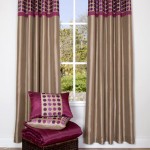

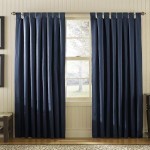
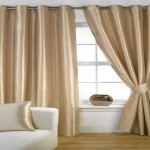
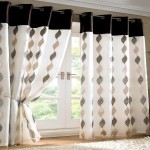





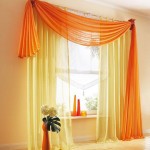
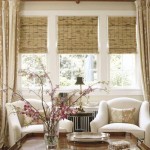




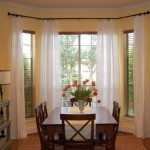


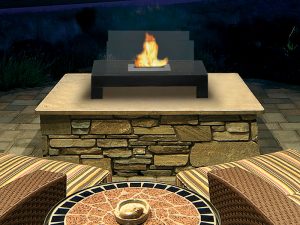







Tell us what you think about "The Secret to Choosing the Right Window Curtains"?